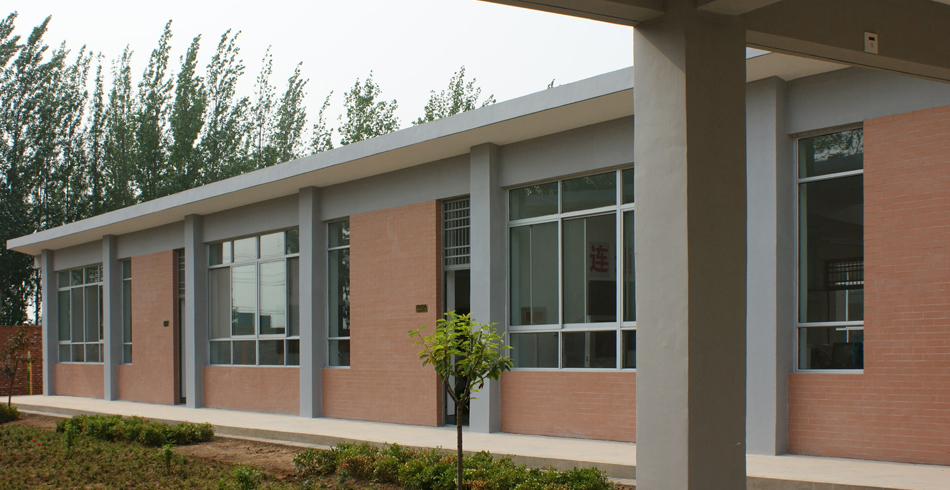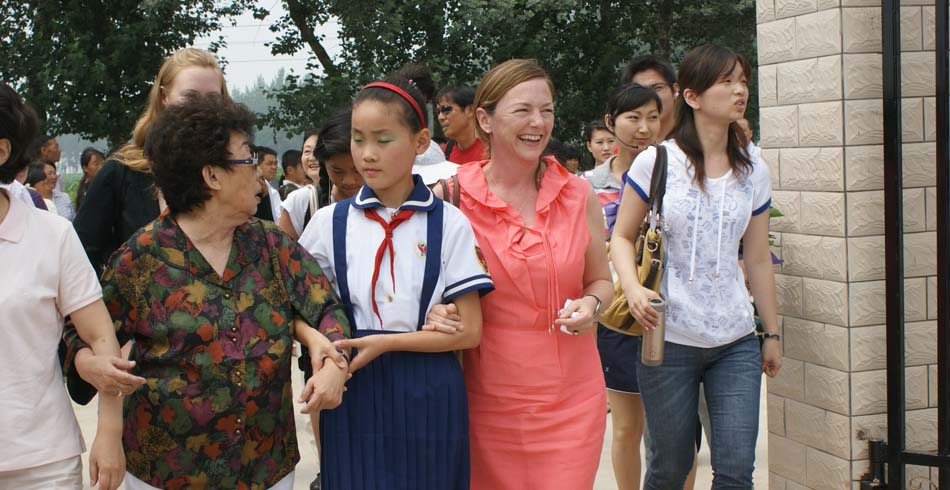China: Better Life, Better City and Better Schools

I am reporting on my two-week trip – part pro bono service, part celebration, part business development. The primary purpose of my trip was to attend to the opening of the Zhang Jia Yuan Elementary School in Qian Yang Country and the graduation of 500 of my friend and mentor Roz Koo’s “Spring Bud” girls. The timing of these events coincided nicely with Expo 2010, so my trip also had an international flavor.
In 2008, after an earthquake destroyed hundreds of schools in Sichuan and Shaanxi Provinces, I contacted Roz to find out if her “Spring Bud” girls had been affected. She had been in Shaanxi Province during the earthquake, as the school she was in rattled and rolled. While none of her girls’ schools were affected she was profoundly moved by the devastation and was sorting out what to do; so I offered to help.
This year, 500 of them graduated from key senior high schools, and we attended elaborate ceremonies that celebrated their achievements. While we were there, the scores of the National University Entrance Exams were published – so far, the results were positive for the girls.
Back to 2008, Roz decided to rebuild a school in the remote regions of Shaanxi Province – outside BaoJi in Qian Yang. She contributed US$226,000 toward the project’s US$500,000 cost, while the local Education Department contributed the rest.
EHDD donated design services. With Tipping Mar and Stantec, we worked to fulfill Roz’s vision for a school that was not only seismically safe but also sustainable. Our local architect, Dien Tseng, provided translation to our local partners – the Shaanxi Provincial Women’s Federation and the Northwest and Bao Ji Design Institutes. We designed the school in six weeks; it was built in six months; and the children will attend beginning in September.
We spent a VERY long day traveling to Qian Yang, where we celebrated with hundreds of people from the villages that will feed into the school. The school, I am very pleased to say is a unique, yet appropriate design, which I hope provides a model or prototype for green schools throughout rural China.
The Expo 2010 theme is “Better Life, Better City”. The lines were long during the 100+ degree days, so we chose the night tour. With the British Pavilion as our destination, we passed through Finland, Serbia and the Netherlands for contrast. Seeing how a country captures its national identity and message in a single place offered many lessons for our own exhibit work. Technology, tactility, and artistic use of materials linger as memories.
There has been a focus on development in western China, and Xian – an important historic, Imperial City and the original starting point of the Silk Road – as the gateway to this region. It has seen a growth of two million people in two years.
Simultaneously, the government is investing in the rural regions outside the major metropolises, and particularly in the re-building of schools and villages destroyed by the earthquakes. From what I ascertained, some of the villages had been rebuilt post-earthquake, in the courtyard style, but with a central plaza that provided a place for the community to gather. Having left the immense developments outside Xian, the capital City of Shaanxi province, I was struck by how simply, cleverly and sustainably, the farming towns were harnessing the power of nature and creating appropriate communal spaces. So a better city can also mean a better “country”.
Jennifer K. Devlin, AIA LEED AP
Principal

